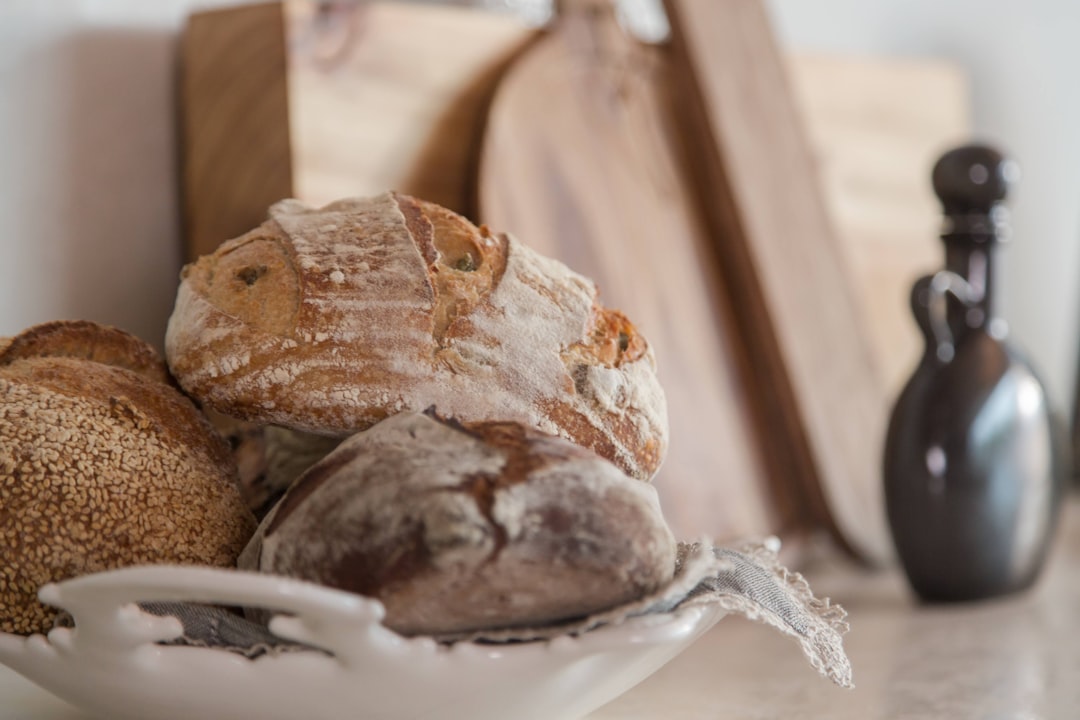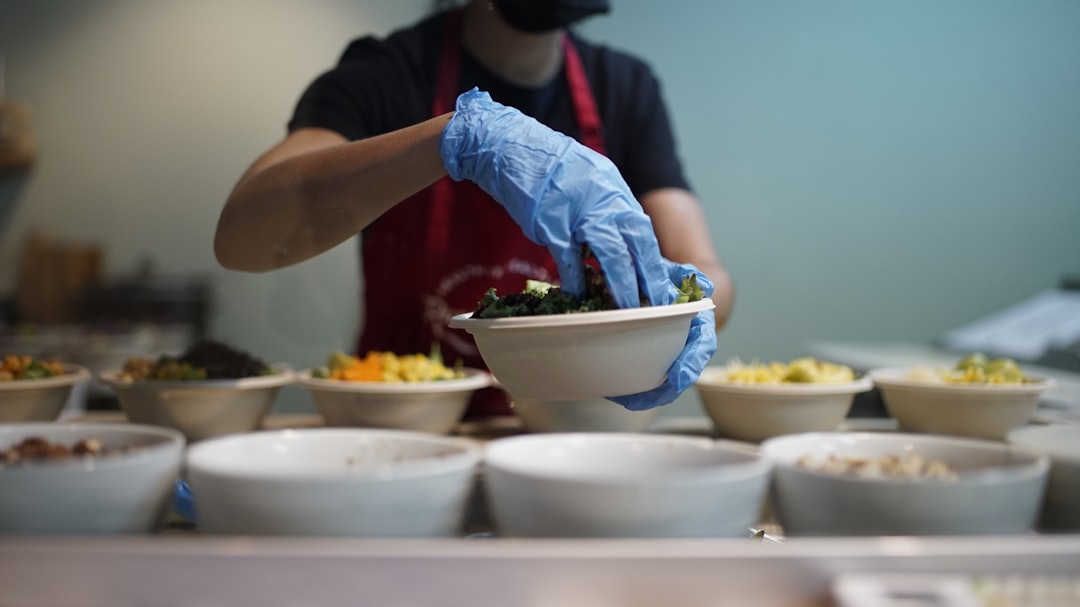Running a restaurant isn't just about great food anymore. In today's competitive landscape, effective marketing can make the difference between a packed house and empty tables. Let's explore practical, creative strategies that can help your restaurant stand out and attract more customers.
Before diving into specific tactics, ensure you have these essentials in place:

With these fundamentals established, you're ready to implement strategies that will truly move the needle.
When hungry customers search "best tacos in Denver" or "Italian restaurant near me," you want to appear at the top of those results.
Action steps:
As noted by the Auguste Escoffier School of Culinary Arts, "Restaurants prioritizing local keywords see higher search rankings, directly correlating with increased foot traffic."
Don't just post randomly—develop a cohesive social media plan:
Instagram: Create visually striking, "Instagrammable" dishes that customers will want to share. Think vibrant colors, interesting plating techniques, and presentation that begs to be photographed. According to restaurant marketing experts at Eat App, "High-quality images and videos of dishes and events enhance social media engagement and attract younger demographics."
Facebook: Transform your page into a community hub where locals can discuss food, events, and specials. Consider creating themed discussion topics that engage your audience, like "What's your favorite comfort food?" or "Share your most memorable dining experience."
Twitter/X: Time your tweets strategically around meal times when people are deciding where to eat. A well-timed tweet about your lunch special at 11:30 am can capture hungry office workers looking for options.
Build a subscriber list and send targeted campaigns:
Email marketing creates a direct line to your most loyal customers. According to marketing research, the ROI on email marketing can be as high as 4,200%—that's $42 for every $1 spent!
Events create experiences that customers remember and share:
A pizza shop in Denver saw remarkable success with weekly trivia nights, using food specials to maximize attendance, according to 7shifts' research on local restaurant marketing. These recurring events created a reliable revenue stream on what was previously their slowest night of the week.
Create limited-time seasonal menus to generate urgency and excitement:
For example, a farm-to-table restaurant might feature a "Harvest Menu" in fall with dishes made from local pumpkins, apples, and root vegetables. The limited-time nature of these offerings creates FOMO (fear of missing out) that drives customers through your door.
Restaurants featuring holiday-specific dishes consistently see spikes in sales during peak seasons, making this a reliable strategy for boosting revenue during specific times of year.
Your chef is a valuable marketing asset:
Indeed's career advice section notes that "Restaurants showcasing chefs' expertise can tap into the cultural prestige of culinary professionals, as seen in cooking shows." This strategy works particularly well for fine dining establishments but can be adapted for casual concepts too—everyone appreciates knowing there's real talent behind their meal.

Create mutually beneficial relationships:
These partnerships extend your reach to established customer bases and build goodwill within your business community.
Align your restaurant with community values:
Modern consumers increasingly make dining choices based on values alignment. When you support causes your target audience cares about, you create emotional connections that transcend the transactional relationship.
Managing all these marketing initiatives while running a restaurant is challenging. This is where an all-in-one platform like Spindl can transform your operations.
Spindl integrates order taking, delivery management, self-service, point-of-sale, and loyalty programs into a single system, freeing up time to focus on marketing and customer experience. With real-time analytics, you can track which promotions are most effective and adjust your strategy accordingly.
When your operations run smoothly, you can devote more energy to creative marketing efforts rather than putting out operational fires. It's like having a sous chef handle prep work so the head chef can focus on creating signature dishes.
For any marketing strategy to succeed, you need to track results:
Data turns marketing from guesswork into science. For example, if your Thursday trivia night consistently fills tables but your Monday wine special doesn't, you can adjust your strategy to maximize ROI.
The most effective restaurant marketing combines digital savvy with authentic experiences. By implementing these strategies consistently and measuring results, you'll create a marketing system that continuously brings new customers through your door while keeping regulars coming back.
Remember that marketing isn't just about attracting customers—it's about creating experiences worth talking about. When your food, service, and atmosphere deliver on the promises your marketing makes, you create a virtuous cycle of satisfied customers becoming your most effective marketers.
Ready to streamline your operations so you can focus more on marketing? Consider how an integrated management platform could transform your restaurant's efficiency and customer experience.
